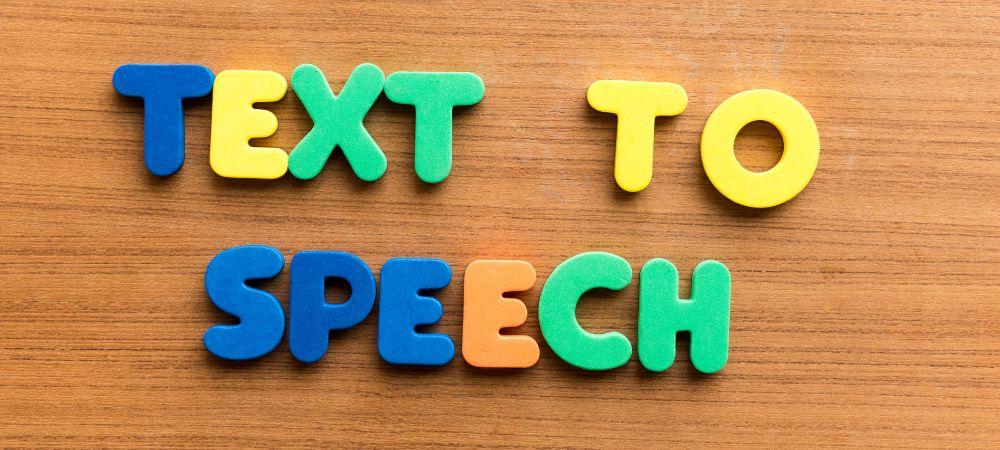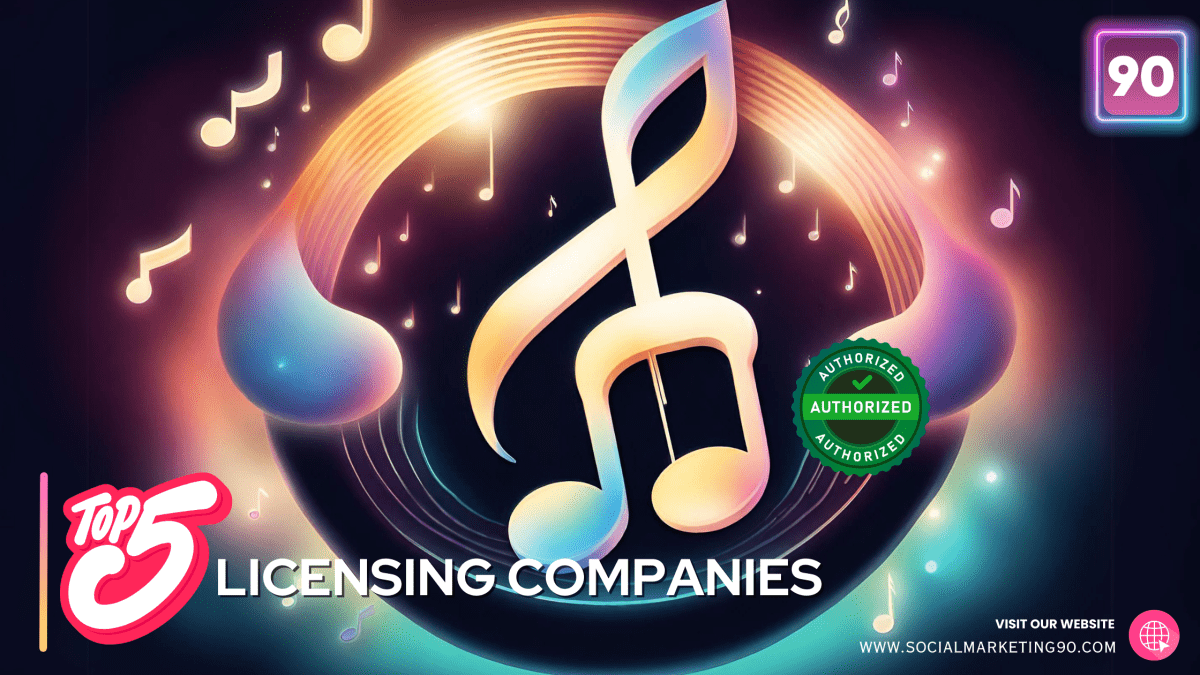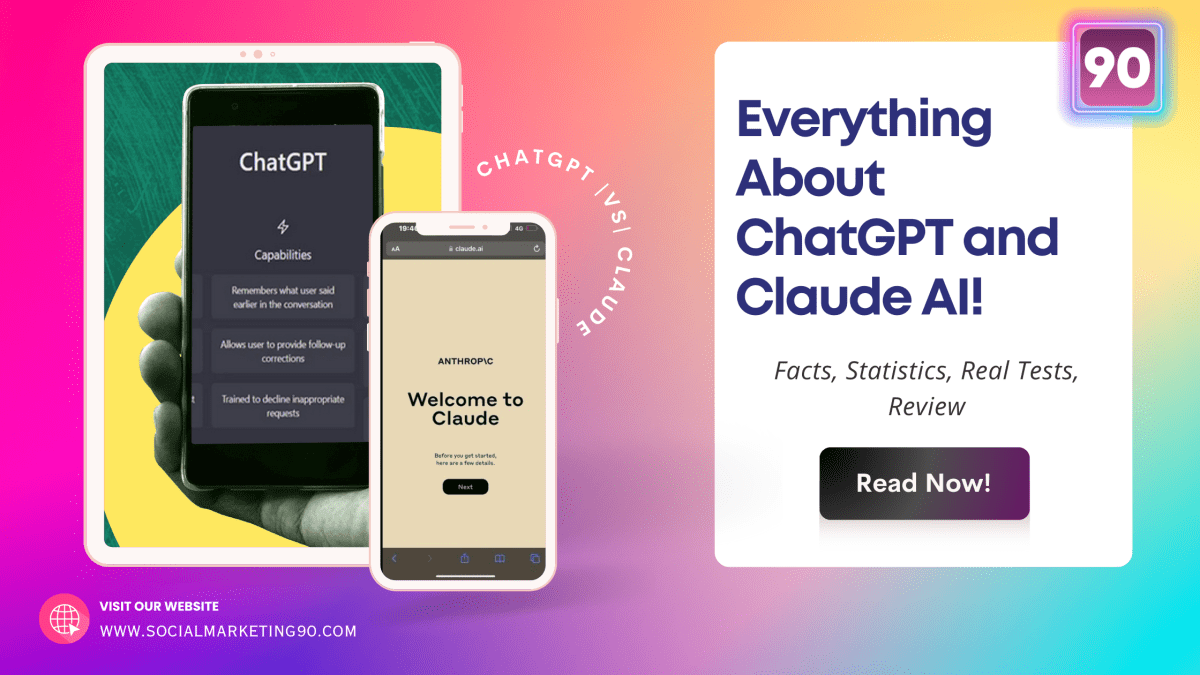Yes, it is possible to transform digital text into an audible experience. Text-to-speech (TTS) technology is changing how we interact with information and consume content. But it is not just about giving machines a voice. It also bridges the gap between the written and spoken word.
TTS allows computers to read documents, articles, and even books. This makes information accessible to more people. Additionally, the technology makes it easier for those with visual impairments or learning disabilities to access information.
Furthermore, TTS has been invaluable in education and language learning. Several learning apps and digital dictionaries read out texts using the technology. Moreover, the creative industry and marketing agencies have used TTS to make content more engaging.
Text-to-speech technology has had a remarkable evolution over the years. And it has always been a subject of curiosity. How does it work? It may sound like magic, but it is not magic. This article breaks down the internal process that turns digital texts into spoken words. Read on to discover how text-to-speech works.
The Background Process of Text-to-Speech

When you type a text and ask a machine to read it, it involves a process. In most modern TTS models, the process involves four stages. These stages include analyzing texts, processing language, voice synthesis, and speech rendering.
Each of these stages involves several operations that enable the technology to function well. We take a look at these stages in detail.
Stage 1: Analyzing Text
This first step involves breaking the text into smaller and more distinct units. It helps the machine manage the text better. The TTS technology identifies words, sentences, and paragraphs. The text analysis stage allows the system to understand the structure and meaning of the overall text.
Natural Language Processing (NLP) is crucial in analyzing the text. The system does not only assess the syntax of the given text but also considers the context and intent. This helps determine the appropriate pronunciation, tone, and even emotional nuances. However, some challenges may arise at this stage. For example, homophones and abbreviations require the system to consider the surrounding context for accurate interpretation.
Stage 2: Processing Language
Now comes the conversion of text into a phonetic representation. The system breaks down each word in the text at this stage. Then each letter or syllable turns to phonemes. The transcription also includes information about stress, intonation, and rhythm. These elements are crucial for natural-sounding speech.
Phonemic rules, prosodic rules, and dictionaries are important in guiding the system here. They assist the system in assigning these features to mimic the natural flow of human speech.
Stage 3: Synthesizing Voices
There are two main approaches to voice synthesis. These are Concatenative and Parametric.
Concatenative synthesis works by combining pre-recorded speech snippets. It is like assembling a puzzle to form words and sentences. Concatenative synthesis uses a speech database that captures the system of human speech. Unfortunately, producing natural-sounding concatenations can be challenging. The snippets do not always stitch seamlessly, creating a mechanical-like output.
Parametric synthesis, on the other hand, builds speech from scratch instead of using pre-recorded snippets. It uses features like pitch, formants, and duration. This offers greater flexibility and customization. It also creates space for expressive speech and various voice characteristics. However, achieving natural-sounding speech with parametric synthesis requires complex algorithms and extensive training data.
Some systems combine elements of both approaches to produce better results. They select and join smaller speech units for more natural output. Furthermore, they learn the human speech patterns. This helps to enhance the quality of the voices.
Stage 4: Rendering Speech
Finally, the system converts the synthesized speech into digital audio signals. It further prepares the audio signals for playback. The system ensures the audio playback is clear and of great quality.
Advanced Features of Text-to-Speech Technology

TTS has come a long way from sounding like robotic monotone voices. Today, it boasts many advanced features that make it more versatile. With these advanced capabilities, TTS has become more realistic. We identify some of these features as follows.
Customizable Voices
TTS engines now let users choose from a diverse library of voices. You can select from calming female narratives to energetic male accents. The technology also lets you customize the personalities of your narrators and voices.
Furthermore, users can specify the voice style from formal, and casual to playful. The customization also goes further with the integration of emotional intelligence. TTS voice can now express joy while reading a funny story or empathy when narrating a sad story. This technology analyzes the text. Then it infuses the voice with appropriate emotions.
Multilingual Support
TTS is aware of the many diverse languages in the world. Therefore, it can handle a wide range of languages and dialects. This makes information accessible to a broader audience. Imagine listening to a news article translated and narrated in your native tongue. Moreover, you could have an e-reader that switches languages based on the chosen book.
Accessibility and Assistive Technology
TTS is a game-changer for individuals with visual impairments or reading difficulties. It transforms written text into spoken words. So, it provides challenged learners access to information and education.
TTS also plays a vital role in various assistive technologies. Some of these include audiobooks and e-readers with text-to-speech functionality. In addition, it supports educational tools that provide audio feedback for learning disabilities. Therefore, individuals with disabilities can participate more fully in society.
Virtual Assistants and Applications
The potential of TTS extends far beyond accessibility. Voice assistants like Alexa or Siri use expressive voices to answer your questions. They can also guide you through tasks with natural-like voices. Furthermore, language learning apps like Duolingo can use TTS to provide realistic pronunciation examples. Marketing campaigns can also leverage personalized voice messages to connect with customers.
The Most Popular TTS Tools

Choosing a tool for TTS can be overwhelming. A lot of great options are available. So picking one to work with requires many considerations. However, we have identified the popular TTS tools you can trust. These tools include:
- Google Text-to-Speech: Google is a familiar name in the tech world. It is a household name for quality and accessible services. Google’s TTS is a cloud service that offers high-quality voices across multiple languages. In addition, the service comes with adjustable parameters like pitch and speaking rate. Its free tier with limited usage makes it a good starting point for personal projects.
- Amazon Polly: This is a TTS service from another tech giant. It has a wealth of unique and realistic voices in various languages. Its flexible pay-as-you-go model makes it accessible for different needs. Amazon Polly has advanced features like custom voice creation and Neural Text-to-Speech. In addition, you can download the voice output in different audio formats like MP3, Ogg Vorbis, and PCM.
- OpenAI TTS: OpenAI TTS is the Audio API capable of accomplishing many functions. It can narrate long-form text in multiple languages. In addition, it works well for real-time audio streaming. OpenAI TTS offers six in-built voices. It also comes at varying price plans for different purposes.
- ElevenLabs: This tool is popular for its expressive and customizable voices. It offers a premium TTS experience than most tools. Users can select various voices, and languages, and adjust emotions. Its focus is on high-quality, emotional speech for unique storytelling experiences.
- Murf AI: Murf is great for natural-sounding voices for videos and presentations. It offers high-quality voices in different languages. It allows users to edit pronunciation, adjust tones, and add pauses for more natural output.
Other text-to-speech tools include,
- Natural Reader
- Lovo AI
- Descript
- Play.ht
- Synthesys
- Writecream
How Does Eleven Labs Work?

Eleven Labs uses advanced machine learning algorithms to replicate human speech. It uses features like pitch, intonation, and emotional expression. Its precision tuning ensures users have the right controls to achieve their desired results.
Eleven Labs uses two main methods in its TTS service. Its instant voice cloning lets you use your voice in the audio output. It takes a short audio of your voice recording and generates speech similar to the recorded voice. You can use the output for text-to-speech or even speech-to-speech.
On the other hand, Eleven Labs offers professional voices and has a voice library from other contributors. These are great for longer projects like ebooks and video voiceovers.
How does Google TTS work?

Google Text-to-Speech uses two methods to generate speech. The first method is the standard synthesis. It takes a text, analyzes it, and uses appropriate sound snippets for each phoneme or word. It then combines the sound snippets for high-quality voice output.
The second method Google TTS uses is the Google WaveNet. This more recent model uses a neural network. The model learns how to produce natural-sounding speech from scratch. This makes it more human-like than the synthesis of snippets.
Nevertheless, both methods generate high-quality voices. They also adapt to user preferences in tone, pitch, and speed.
Different Types of Text-to-Speech Tools

Text-to-speech is a technology. But where can you access this technology? Below are a few options to find TTS.
Built-In TTS Tools
Most people access TTS through their TTS-enabled personal devices. Computers, smartphones, and tablets come with built-in text-to-speech functionality. These tools are often free and convenient to use. However, their customization and quality differ by device. Usually, more recent devices have more powerful TTS functions. Furthermore, the device quality can influence the quality of the technology.
Web-Based TTS Tools
Online resources like Natural Reader, From Text to Speech, and TTS Reader offer web-based text-to-speech services. They allow you to convert text to speech directly on your browser. They do not require any installations. These platforms are great for quick access to TTS. Besides, they offer many advanced features like voice change. Some web-based TTS tools are free. There are also others with paid plans and more features.
Text-to-Speech Software
Some dedicated TTS software is available for installation on any device. They provide a wider range of features than built-in or web-based tools. These features include customizing voice, speed, and pitch. Some of these tools cater to specific needs. For instance, some serve individuals with learning disabilities. Some others convert texts to audio files for various purposes.
Mobile TTS Apps
There are dedicated TTS apps for smartphones or tablets. Examples are Voice Dream Reader, iSpeech Text to Speech, and Acapela Group Mobile TTS. These apps are advanced, compared to the built-in device TTS. They offer more functions and more realistic output.
Cloud-Based TTS Services
Many cloud-based services allow you to convert text to speech. These services use remote servers for their TTS services. Cloud-based TTS services are ideal for processing large amounts of text. In addition, they require no software installation.
The Future of Text-to-Speech

The journey of Text-to-Speech is still ongoing. Advancements in deep learning and neural networks keep the ball of TTS rolling. As technology keeps improving, TTS voices become indistinguishable from humans. With time, they can seamlessly adapt to context and emotion.
Unfortunately, ethical considerations arise. The ability to convincingly clone voices raises questions about misuse and impersonation. So, there is a need to develop responsible frameworks to check the negative use of TTS.
The future of text-to-speech has a lot of possibilities. But what you can look forward to is the enhanced experience it can offer. It has the potential to connect us more deeply and empower individuals. Additionally, it can open new avenues for learning and expression.
Limitations of Text-to-Speech Technology

TTS may have come a long way. But it still faces some shortcomings. Firstly, multilingual TTS still faces challenges with accents. This is because accents and high-quality voices are unavailable in many languages. Also, voice quality varies across languages. Furthermore, some TTS voices still sound robotic. So, despite current advancements, getting human-like output requires more effort.
TTS systems mostly focus on text analysis. Consequently, they struggle with complex contexts or sarcasm. They potentially misinterpret intent and deliver inaccurate tones.
Another common limitation of TTS is the recognition of homophones and punctuation. Homophones like ‘to,’ ‘too,’ and ‘two’ are difficult to distinguish for some TTS systems. The inability to recognize punctuation can lead to incorrect pronunciations.
Conclusion

In summary, text-to-speech involves breaking texts into smaller units. Then, the system analyzes the text and synthesizes the voice. The output is an impressive voice that reads the text with great precision.
This seemingly magical technology has helped in several ways. But the most notable is how it lets visually impaired individuals access information. It also bridges several communication gaps.
However, TTS is not without its limitations and ethical concerns. As technology improves, it becomes more capable of impersonating real human voices. Nevertheless, continuous progress is significant. And this amazing technology will not stop until it can mimic more accurate and natural-sounding voices.







